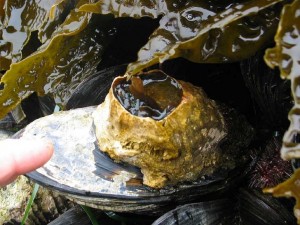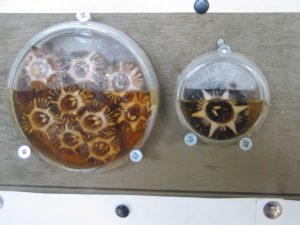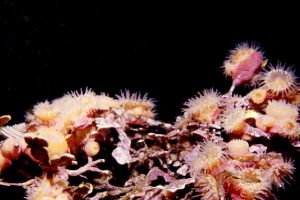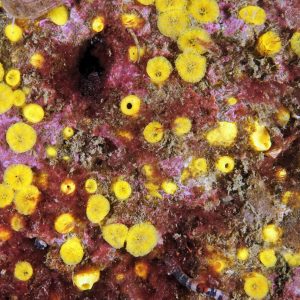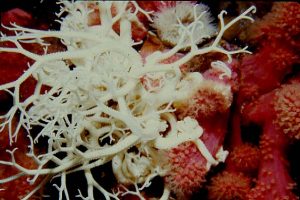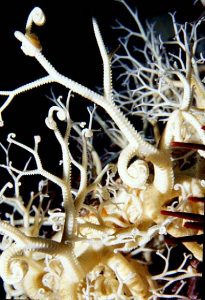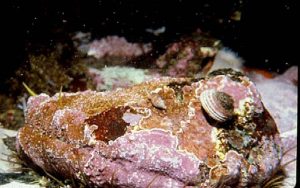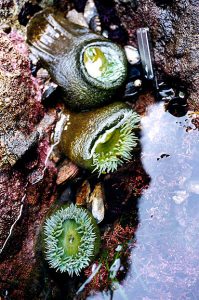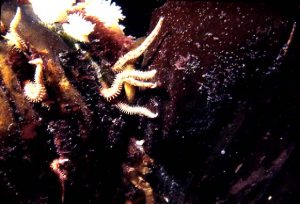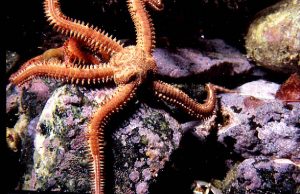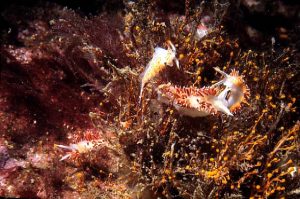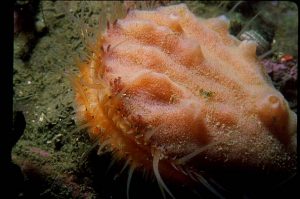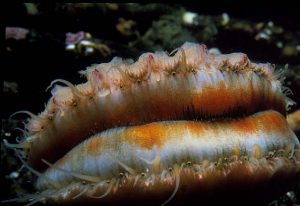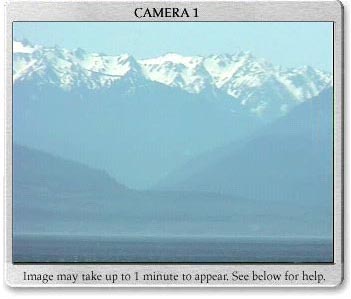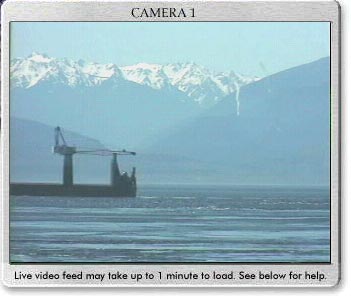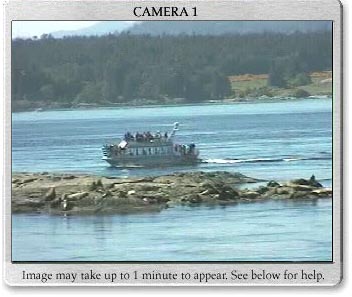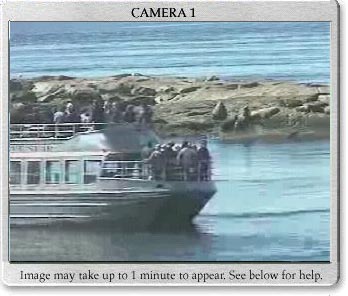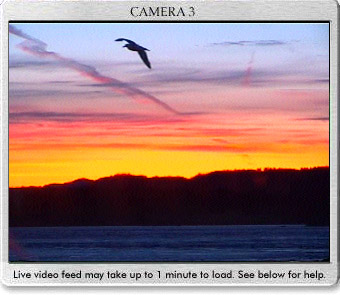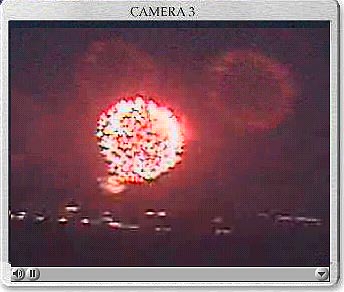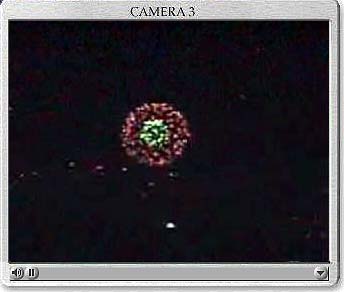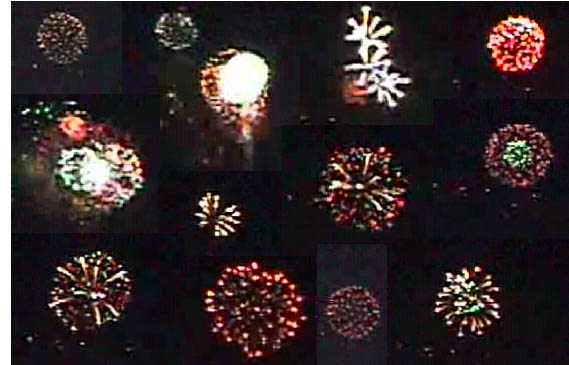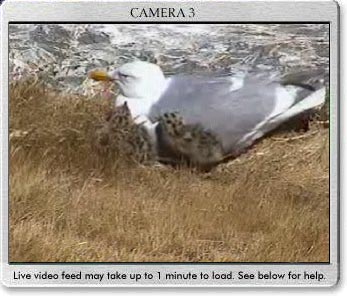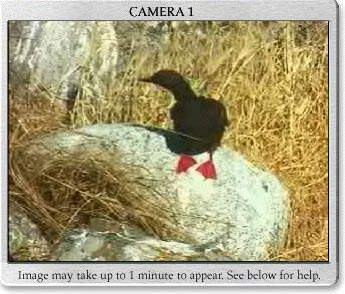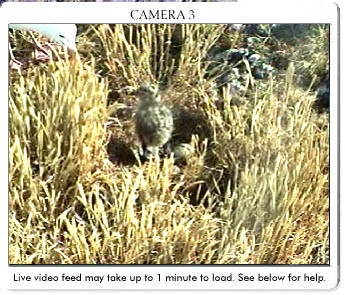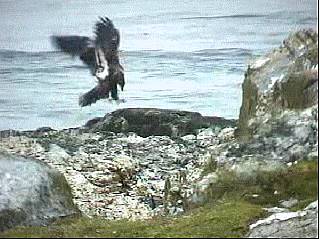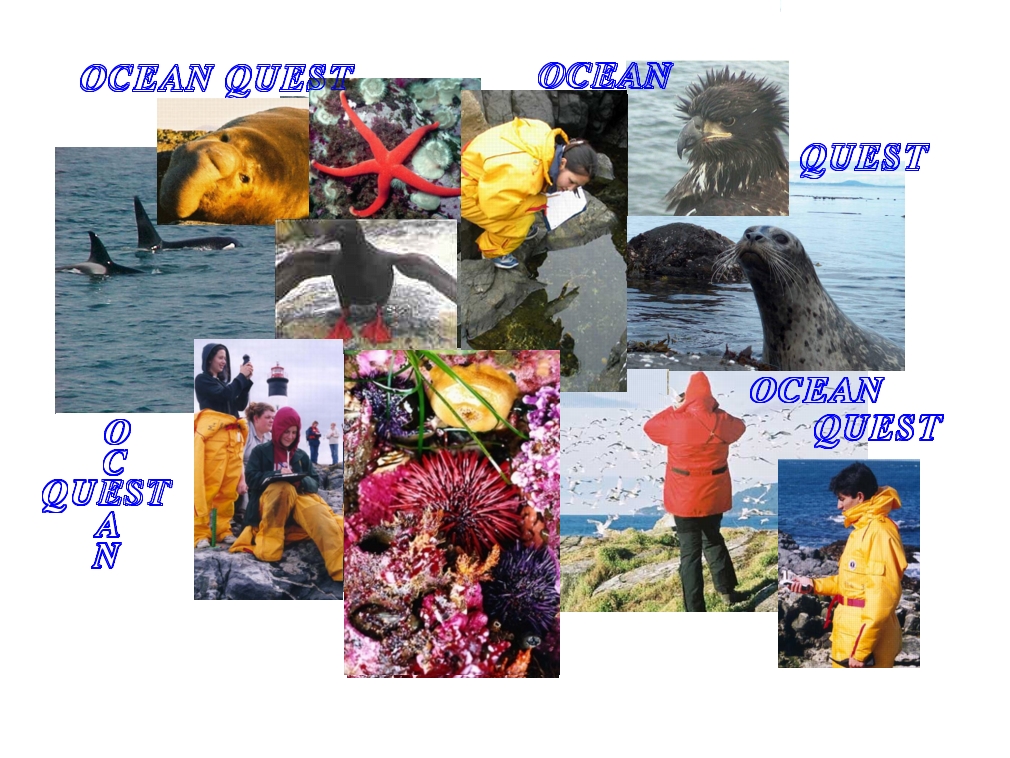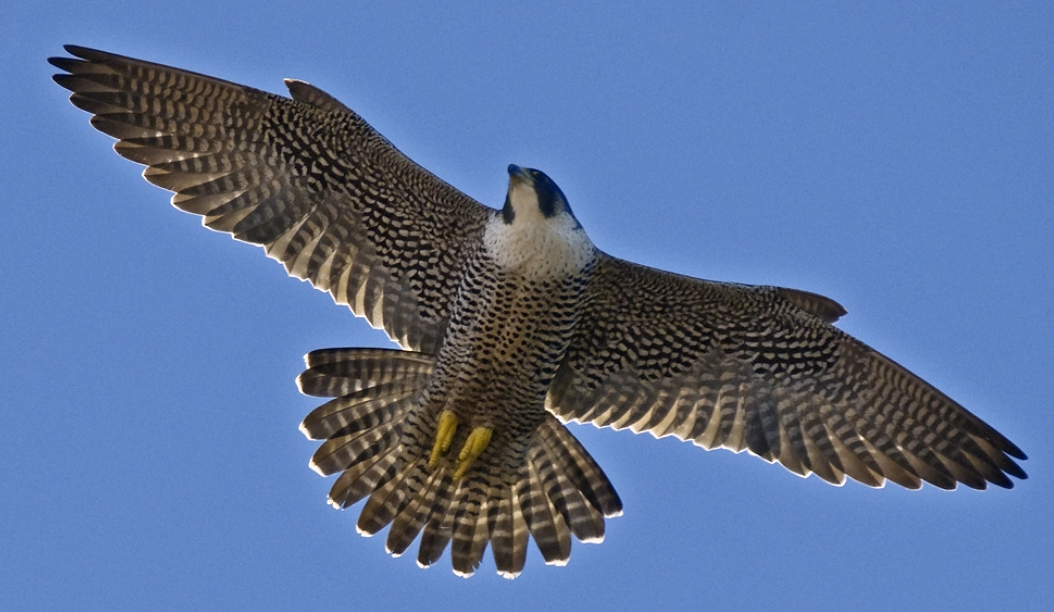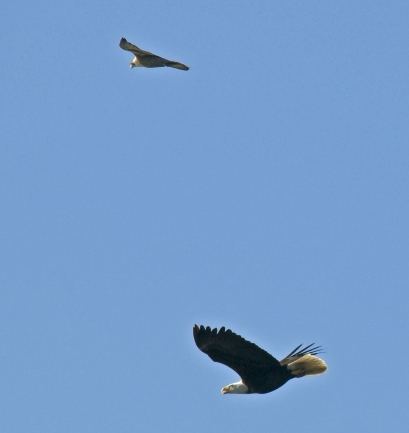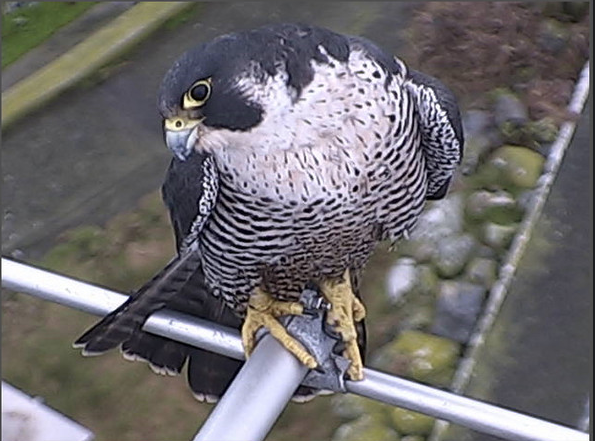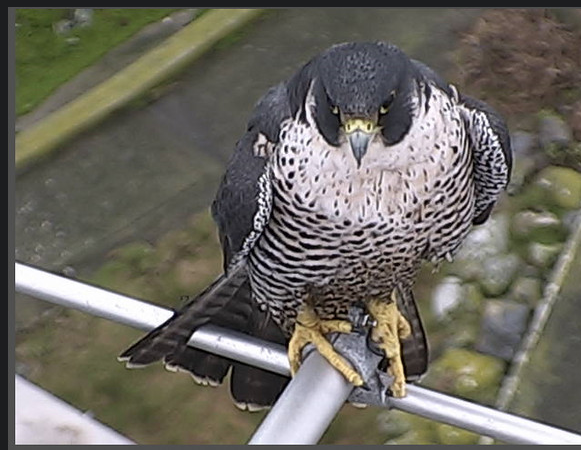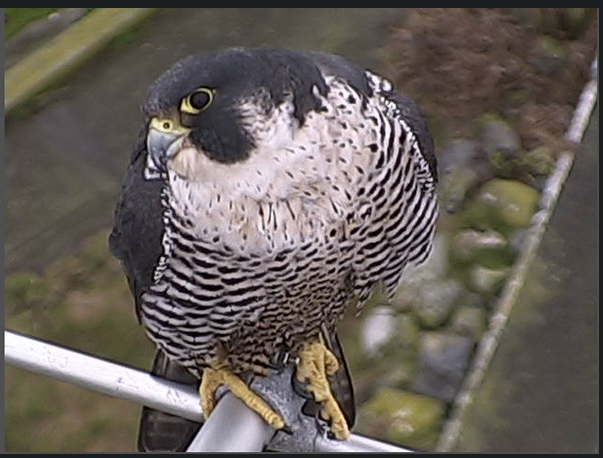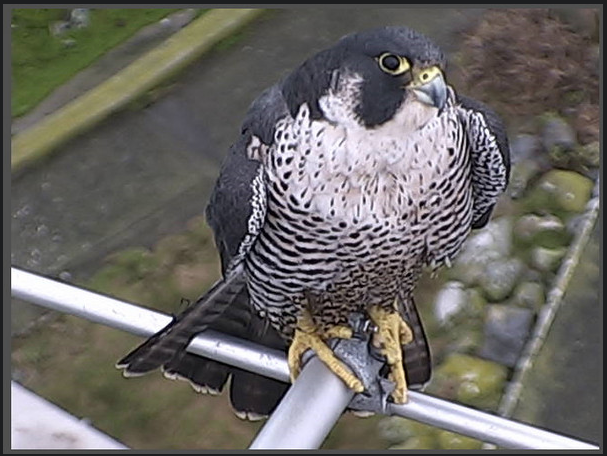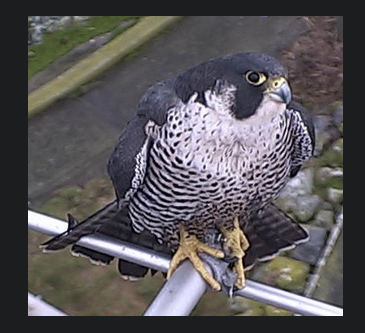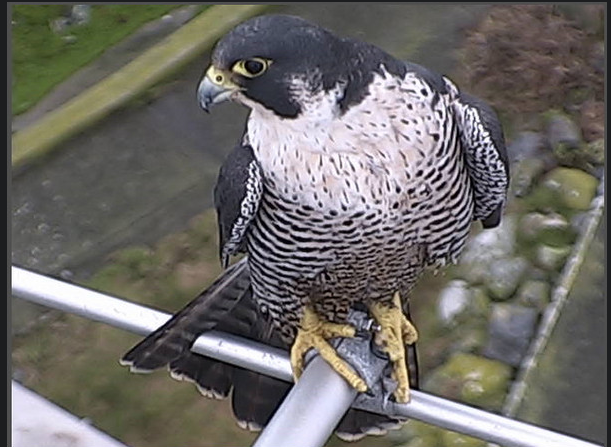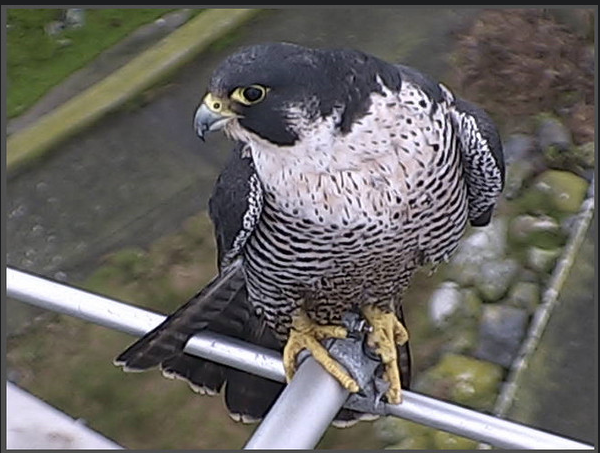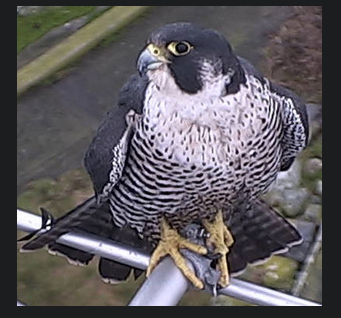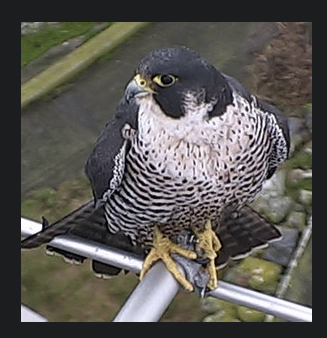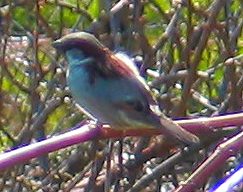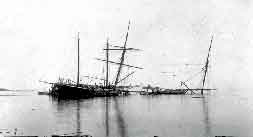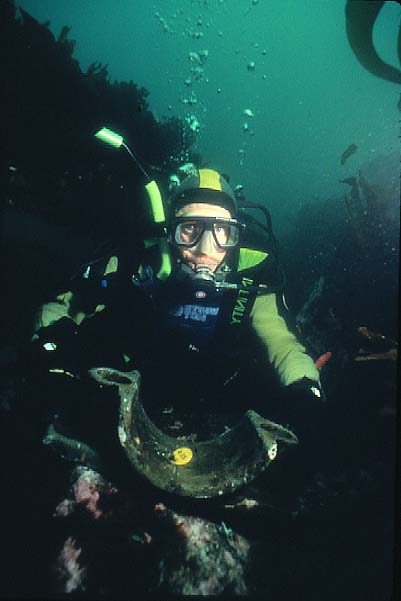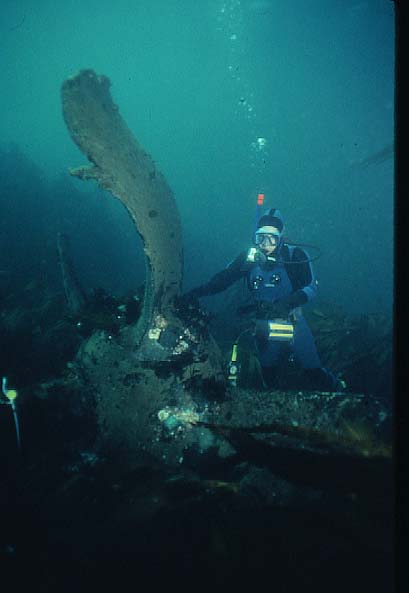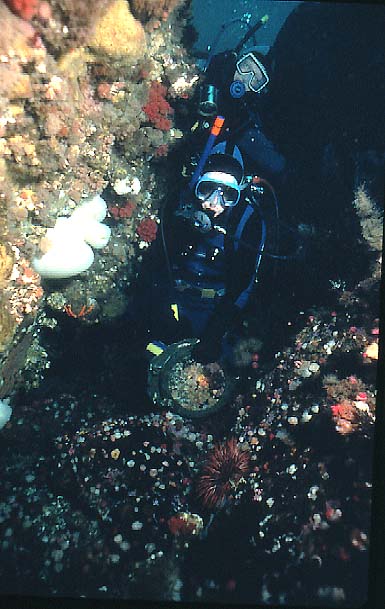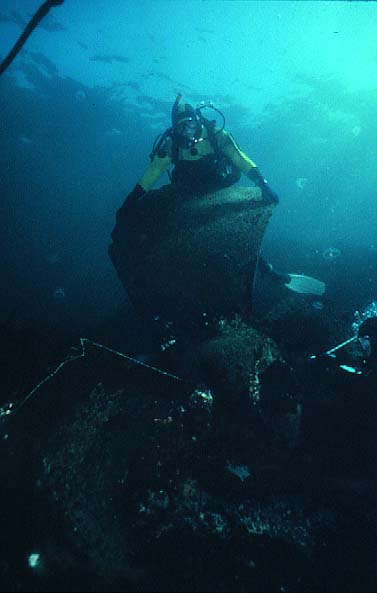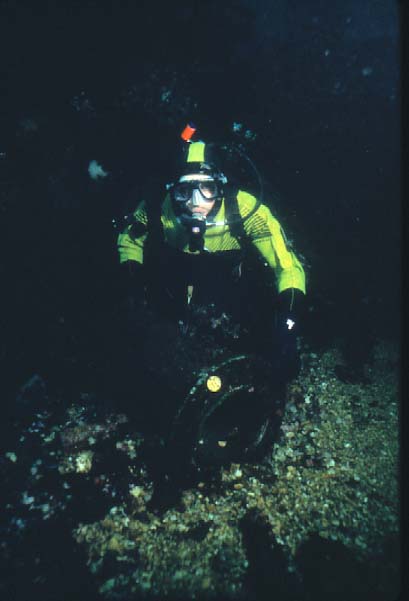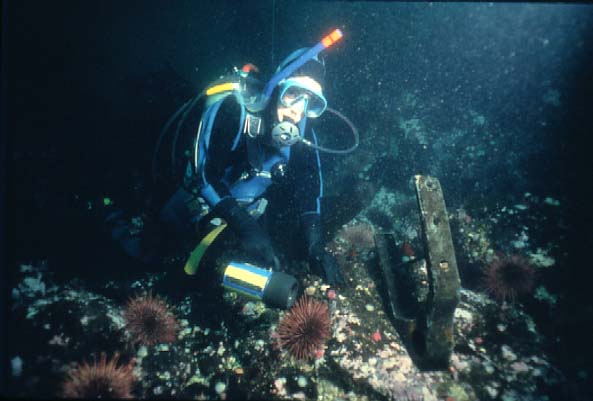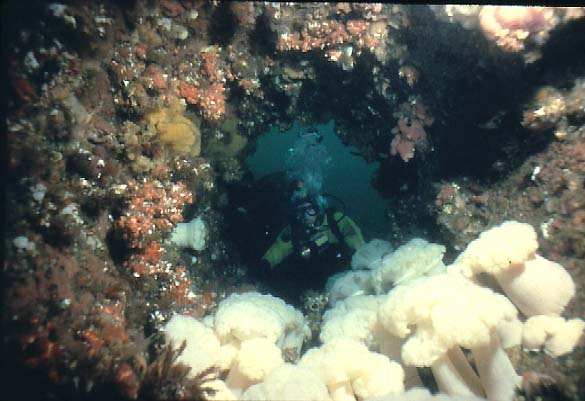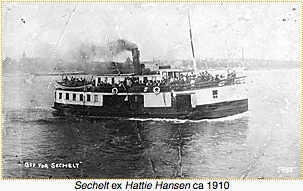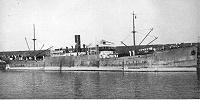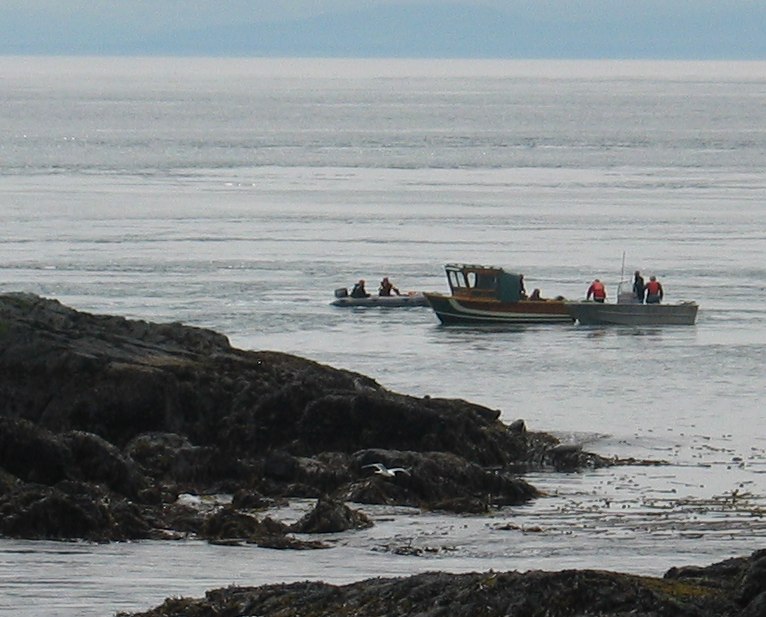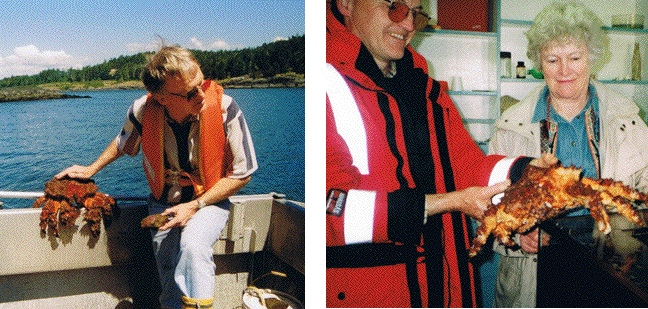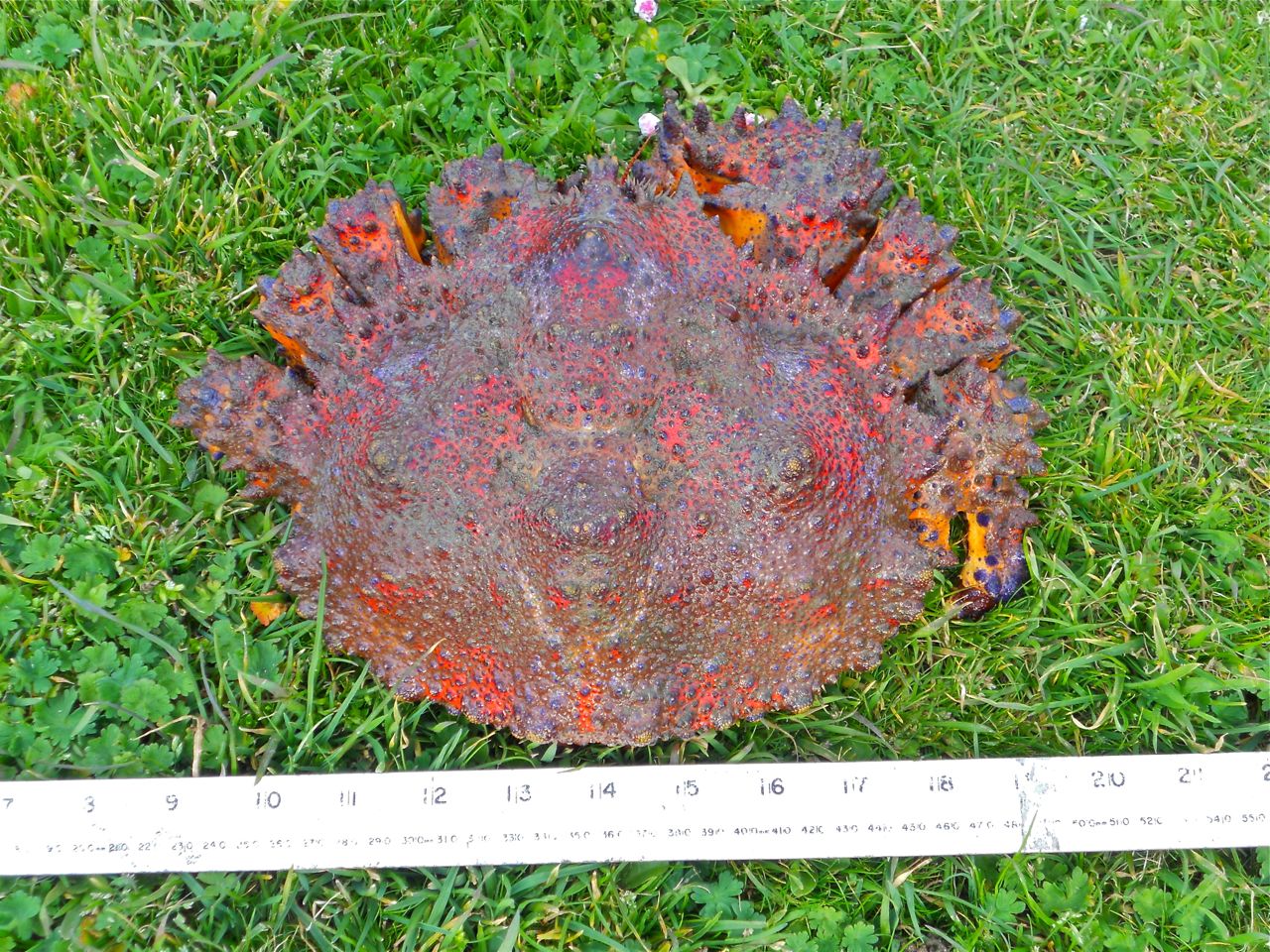| BACKGROUND : In this exercise, we rely heavily on the work done by Scientists across Canada and the US. The NatureServe network includes member programs operating in all 50 U.S. states, in 11 Canadian provinces and territories and in many countries and territories of Latin America and the Caribbean. NatureServe is a non-profit conservation organization that provides the scientific information and tools needed to help guide effective conservation action. NatureServe and its network of natural heritage programs are the leading source for information about rare and endangered species and threatened ecosystems. NatureServe represents an international network of biological inventories—known as natural heritage programs or conservation data centers—operating in all 50 U.S. states, Canada, Latin America and the Caribbean. Together they not only collect and manage detailed local information on plants, animals, and ecosystems, but develop information products, data management tools, and conservation services to help meet local, national, and global conservation needs. The objective scientific information about species and ecosystems developed by NatureServe is used by all sectors of society—conservation groups, government agencies, corporations, academia, and the public—to make informed decisions about managing our natural resources. To visit the local website for any of these natural heritage programs or conservation data centers, use the reference: http://www.natureserve.org/visitLocal/index.jsp |
|
ECOLOGICAL REGION
|
Level 1 REGIME— | Level 2 Formation Geoforms and Hydroforms |
Level 3 Zone | Level 3 b subzone | Level 4 Macrohabitat |
Level 5-Habitat | Level 6 Biotope |
| ECOLOGICAL REGION #21 COLUMBIAN PACIFIC.UTM— to —-?(The Columbian Pacific region stretches along the Pacific coast from Cape Mendocino in the South, northward to include the Straight of Juan de Fuca and end at northern tip ofVancouver Island, in the North. The region is home to abundant plant and wildlife, but also has one of the fastest growing human populations in North America. ) |
|
||||||||||||||||||||||||||||||||||||||||||||||||||||||||||||||||||||||||||||||||||||||||||||||||||||||||||||||||||||||||||||||||||||||||||||||||||||||||||||||||||||||||||||||||||||||||||||||||||||||||||||||||||||||||||||||||||||||||||||||||||||||||||||||||||||
| From the NatureServe website, a brief description of the BIOTOPE: The finest level of the classification is the Biotope. The biotope is a specific area of a habitat that includes recurring, persistent, and predictable biological associations. The biological associations can include plants, attached sessile fauna and unattached but relatively non-motile fauna and bacterial colonies. A biotope is environmentally uniform in structure, environment, and is defined by the dominant biota. The primary characteristic of the biotope is the relationship between the physical habitat and a strongly associated or fixed “high fidelity” plant and animal species. “Fixed” is defined as an individual organism that cannot move beyond the frame of reference of the habitat boundary within one day. Epibenthic,( on the surface of the ocean bottom) organisms like anemones, sponges, hydroids, and benthic infauna (buried in the bottom sediments) such as polychaetes would be considered part of a biotope complex.While much of the sedentary or fixed biota defines a particular biotope, other organisms demonstrate less fidelity to any specific biotope. More motile or vagile organisms can be associated with multiple biotopes or interact with the physical structure of the environment at any number of classification levels and spatial or temporal scales. Larger animals, such as blue whales, may interact with elements defined in the classification at a level of Formations, such as the shelf break or submarine canyon. Smaller animals interact with Macrohabitats, Habitats or Biotopes. As the classification matures, the linkages of species and biological associations to different classification units at different levels will become better known and documented.Detailed Description and Rationale The biotope concept has been employed for several years in Europe and is defined as the “physical habitat… and its community of animals and plants (Costello, 2003).” This refers to the dominant biological inhabitant(s) of a specific habitat, whether the species are “diagnostic,” as in the terminology of Cowardin (1979) and Dethier (1990), or if they are “commonly associated.” A species is considered to be part of a biotope if it is conspicuous, dominant, and physically linked to the habitat. The concept and nomenclature for the biotope follow the BioMar system (Costello, 2003; Connor, 1997), which has been integrated into the EUNIS classification for European habitats (Davies and Moss 1999) and into this classification, although some of the terminology has been changed here. |
|||||||||||||||||||||||||||||||||||||||||||||||||||||||||||||||||||||||||||||||||||||||||||||||||||||||||||||||||||||||||||||||||||||||||||||||||||||||||||||||||||||||||||||||||||||||||||||||||||||||||||||||||||||||||||||||||||||||||||||||||||||||||||||||||||||
| Vegetation units such as specific algal and rooted plant species, salt marsh and other vegetation are recognized at the biotope level. This biota is recognized as being associated with a particular habitat, rather than defining the habitat. This is an important departure from several widely used classifications such as those developed by Cowardin (1979), Ferren et al. (1996) and Madley et al. (2002) but follows the same logic as the Dethier (1990) and the Costello (2003) classifications. Adapted from CMECS Classification http://www.natureserve.org/getData/CMECS/cm_pub.pdfFor subcategories see also from the NatureServe site: http://www.natureserve.org/getData/CMECS/app/classification/tree/pivot/browse |


